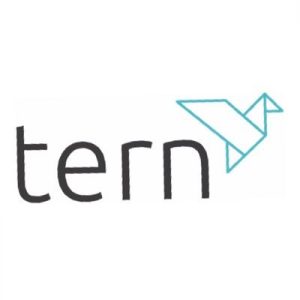In the realm of IoT, DDoS attacks are a significant and growing threat. This article delves into the intricacies of how IoT devices are compromised for DDoS attacks and provides strategies to safeguard these devices. The vulnerability of IoT devices to DDoS attacks is increasing, necessitating better security practices and awareness from both manufacturers and users.
Securing IoT architectures involves technological measures like regular updates and security patches, as well as proactive strategies such as implementing SDN technology and using AI and ML for real-time threat detection. The future landscape of DDoS attacks on IoT networks is expected to become more complex, prompting advancements in cybersecurity technology and regulations, along with the adoption of best practices for device maintenance and security.
The IoT ecosystem, while providing a wide range of functionalities, also increases the difficulty of defending against DDoS threats. With a significant number of IoT devices expected by 2025, there is an urgent need to fortify digital defences to prevent operations from being disrupted by botnets. DDoS attacks use compromised IoT devices to launch a barrage of requests that overwhelm network capacity, deplete resources, and reduce bandwidth, making legitimate services unable to function.
Identifying vulnerable IoT devices is crucial, as some devices are inherently more susceptible to attacks due to weak security features. These devices, often with default credentials, are ideal targets for exploitation. The always-connected nature of IoT devices makes them attractive to cybercriminals. Botnet malware transforms these devices into components of a DDoS attack, often without affecting their primary functions, making detection difficult.
The impact of DDoS attacks on network traffic is profound, disrupting services and leaving legitimate users stranded. The fragmentation and lack of standardisation in IoT devices add to the security challenges. Addressing these challenges requires a collective effort from manufacturers and organisations to embed stronger protections within products and foster a culture of best security practices.
Manufacturers play a crucial role in embedding security in IoT devices from the design phase. This includes implementing strong authentication, regular updates, and conducting thorough security testing. Proactive measures like regular patching and vulnerability scanning are essential to protect devices from known vulnerabilities. Regulatory frameworks and industry standards are also critical in managing and mitigating these risks.
A synergistic approach combining network and application layer protection with advanced threat intelligence is necessary to defend against DDoS attacks. Blockchain technology offers a promising solution, providing a decentralised and immutable ledger to monitor and prevent malicious devices from reconnecting to IoT networks.
Securing IoT architecture involves integrating SDN technology with IoT devices, centralising control over network traffic, and implementing strong authentication and encryption protocols. Advanced detection mechanisms, such as AI and ML, enhance the effectiveness of detecting and mitigating DDoS attacks.
Case studies of large-scale DDoS attacks involving IoT devices, such as the 2016 attack on Dyn and the 2021 attack against an Azure customer, highlight the vulnerability of IoT devices and the need for robust mitigation strategies. IoT device owners can protect their devices by changing default credentials, enabling multi-factor authentication, regularly updating firmware, and securing home Wi-Fi routers.
The future of IoT and DDoS attacks appears complex and challenging, with predictions of increased attack complexity and the use of AI and ML by attackers. However, advancements in cybersecurity and the adoption of proactive measures can help build a resilient defence against these evolving threats. By understanding the mechanics of DDoS assaults and exploring strategies for mitigation, we can secure connected devices and build a robust defence against the cyber threats of tomorrow.
Tern plc (LON:TERN) backs exciting, high growth IoT innovators in Europe. They provide support and create a genuinely collaborative environment for talented, well-motivated teams. Device Authority is focused on securing connected device ecosystems and is recognized as the global leader in Device Identity Lifecycle Management and Identity and Access Management (IAM) for the Internet of Things (IoT).


